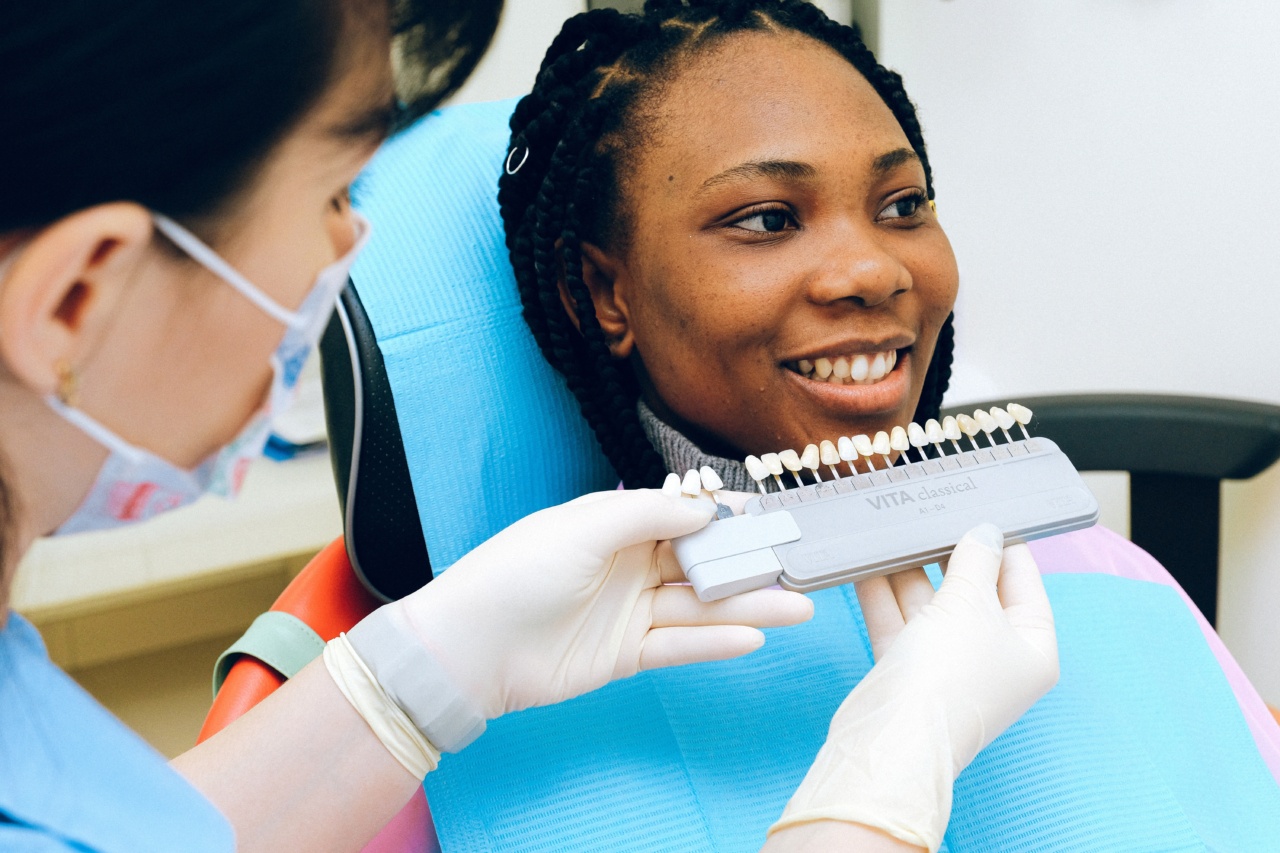Oral cancer is one of the most common types of cancer, with over 48,000 new cases diagnosed in the US every year. The good news is that if it’s caught early, the survival rate is high.
That’s why it’s important to check for signs of oral cancer yourself on a regular basis. Here are the steps you should take to check for oral cancer.
Step 1: Check for Sores or Lesions
The first step in checking for oral cancer is to examine your mouth for any sores or lesions that do not heal after 14 days. These sores or lesions can appear on the lips, tongue, back of the throat, gums, or roof of the mouth.
They may be white, red, or a mix of both and can be painful or painless. If you notice any of these symptoms, it’s important to see a dentist or doctor immediately.
Step 2: Look for Unusual Patches or Spots
Next, look for patches or spots in your mouth that are a different color than the surrounding tissue. These patches or spots can be red, white, or a mix of both and can be raised or flat. They may also be rough or smooth to the touch.
If you notice any unusual patches or spots, it’s important to see a dentist or doctor immediately.
Step 3: Check for Pain or Swelling
Oral cancer can cause pain or swelling in different parts of the mouth, such as the tongue, gums, or throat. If you experience any pain or swelling that lasts for more than two weeks, it’s important to see a dentist or doctor immediately.
Step 4: Check for Difficulty Swallowing or Speaking
Oral cancer can make it difficult to swallow or speak, especially if the tumor is located near the back of the throat. If you experience difficulty swallowing or speaking, it’s important to see a dentist or doctor immediately.
Step 5: Look for Changes in Your Bite
Oral cancer can also cause changes in your bite, such as your teeth not fitting together properly or feeling loose. If you notice any changes in your bite, it’s important to see a dentist or doctor immediately.
Step 6: Check for Lumps or Bumps
Finally, check for lumps or bumps in your mouth, neck, or throat. Oral cancer can cause swollen lymph nodes that feel like lumps or bumps in these areas. If you notice any lumps or bumps, it’s important to see a dentist or doctor immediately.
Preventing Oral Cancer
While there’s no surefire way to prevent oral cancer, there are things you can do to reduce your risk. Here are some tips:.
Quit Smoking and Chewing Tobacco
Smoking and chewing tobacco are two of the leading causes of oral cancer. If you use tobacco, quitting is the best way to reduce your risk of oral cancer.
Limit Alcohol Consumption
Drinking alcohol in excess can increase your risk of oral cancer. If you choose to drink alcohol, limit your consumption to no more than one drink per day for women and two drinks per day for men.
Eat a Healthy Diet
Eating a healthy diet that’s rich in fruits and vegetables can help reduce your risk of oral cancer. Fruits and vegetables contain antioxidants that can help protect your cells from damage.
Protect Your Lips From the Sun
Exposure to the sun’s UV rays can increase your risk of oral cancer, especially on your lips. Protect your lips by wearing a lip balm with SPF 30 or higher.
Conclusion
Oral cancer is a serious disease, but by checking for signs of oral cancer yourself on a regular basis, you can catch it early and increase your chances of survival.
If you notice any of the symptoms listed above, it’s important to see a dentist or doctor immediately. Remember to also take steps to reduce your risk of oral cancer by quitting smoking, limiting alcohol consumption, eating a healthy diet, and protecting your lips from the sun.






























